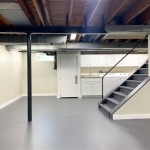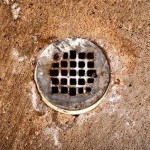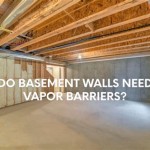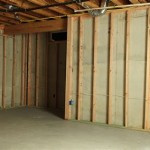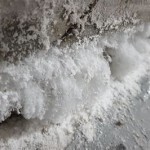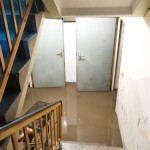Faced Or Unfaced Insulation In Finished Basement Ceiling
When it comes to insulating your finished basement ceiling, you have two main options: faced insulation or unfaced insulation. Both types of insulation have their own advantages and disadvantages, so it's important to weigh your options before making a decision.
Faced insulation is insulation that has a layer of kraft paper or foil on one or both sides. This facing helps to reduce air infiltration and moisture from entering the insulation, which can help to improve the overall performance of the insulation.
Unfaced insulation does not have any facing, which makes it less expensive than faced insulation. However, unfaced insulation is more susceptible to air infiltration and moisture, which can reduce its performance.
There are a few factors to consider when choosing between faced and unfaced insulation for your finished basement ceiling.
Climate: If you live in a humid climate, faced insulation is a better choice because it will help to reduce moisture from entering the insulation. In a dry climate, unfaced insulation is a more economical option.
Type of ceiling: If you have a drywall ceiling, faced insulation is a better choice because it will help to reduce noise from entering the basement. If you have a suspended ceiling, unfaced insulation is a more economical option.
Budget: Faced insulation is more expensive than unfaced insulation, so it's important to factor in the cost when making your decision.
Once you have considered all of the factors, you can make a decision about whether faced or unfaced insulation is right for your finished basement ceiling.
Pros And Cons Of Faced Insulation
Pros:
- Reduces air infiltration
- Reduces moisture from entering the insulation
- Helps to improve the overall performance of the insulation
- Can help to reduce noise
Cons:
- More expensive than unfaced insulation
Pros And Cons Of Unfaced Insulation
Pros:
- Less expensive than faced insulation
Cons:
- More susceptible to air infiltration
- More susceptible to moisture
- Can reduce the performance of the insulation

Finishing A Basement Day 4 Insulation

How To Install Ceiling Insulation In A Basement Or Crawlspace Why You Should R30 R21 R19 R13 Youtube

Faced Vs Unfaced Insulation The Constructor

Finishing A Basement Day 4 Insulation

Insulate A Basement Ceiling With Building Moxie As The Diy Guy

Unfaced Vs Kraft Faced Insulation What S The Difference Johns Manville

The Pros And Cons Of Insulating Basement Ceiling Should You Do It

Attic Insulation Faced Or Unfaced Valley

Insulating Basement The Money Pit

Insulate A Basement Ceiling With Building Moxie As The Diy Guy

